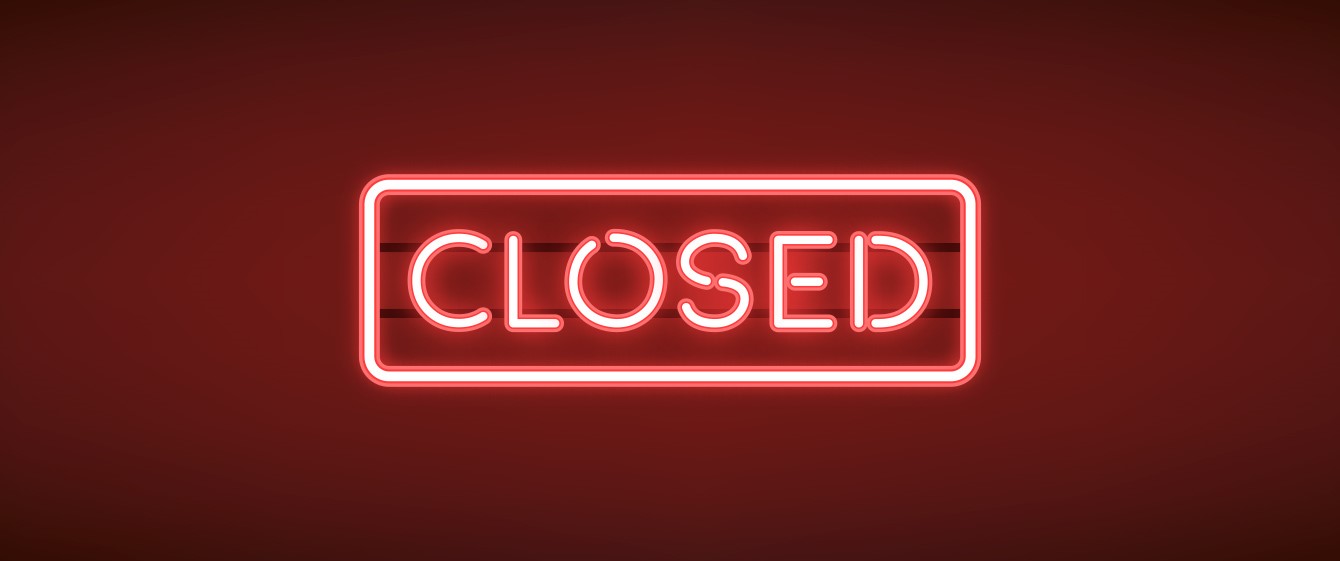Closed Angle Glaucoma
Also known as acute/chronic angle closure glaucoma
In this type of glaucoma the pressure is often much higher than average (10-21mmHg) due to the structure of the eye. The main structure involved is the anterior chamber angle, where the iris (coloured portion of the eye) and the cornea meet. This type of glaucoma typically causes damage to the eye quickly. Acute angle closure glaucoma is considered an ocular emergency. Chronic angle closure glaucoma occurs when the eye fluctuates between an open or partially open and a closed anterior chamber angle.
This type of glaucoma occurs when the anterior chamber becomes so narrow it no longer allows the fluid within the front portion of the eye (aqueous humour) to drain out of the eye, which causes the pressure to raise. This can happen for a number of reasons which can be seen in the risk factors section.
Early stages of closed angle glaucoma:
- Mild attacks possible
- Hazy vision
- Halos/Rainbow type rings around white lights
- Eye ache, especially in the evening or in dim light conditions
- If any of the above symptoms persist you should immediately visit an optometrist and get your eyes tested as soon as possible.
However, in most of cases, there are no symptoms or any kind of warning.
You might experience all or none of the following symptoms with an acute angle closure attack include:
- Sudden increase in the eye pressure
- Pain
- Red eye
- Blurry vision
- Black out/loss of vision
- Nauseous feeling and you may also be sick
- Typically, only one eye will be affected and it’s quite rare that both the eyes experience angle closure at the same time.
If you attend for regular eye exams, your optometrist might notice that there is very narrow gap for the drainage angle - an early sign of the risk of closed angle glaucoma.
Your optometrist may refer you to an ophthalmologist for further tests and treatments, even if any of the above signs and symptoms are not seen.
- When a sudden attack of angle closure occurs the eye pressure must be reduced quickly to prevent permanent damage to the optic nerve which could lead to permanent vision loss.
- The treatment can include a combination of eye drops, tablets or injections which will reduce the eye pressure immediately and the pain will also be reduced.
- In many cases, if proper treatment is given on proper time, the vision can be recovered completely.
- To prevent another attack from happening, the eye pressure needs to be controlled. This is usually achieved with a laser procedure known as ‘Peripheral Iridotomy’.
- This treatment is normally carried out on both the eyes to reduce the chances of the same problem in the future. It’s a very simple procedure and the patients recover quickly.
- A laser Iridotomy can be provided to those with narrow drainage angles found during a routine eye test as a prophylactic measure, to prevent possible angle closure attacks in the future.
- If the sudden closed angle attack gets immediate treatment the pressure can be controlled within few hours. The vision is typically recovered completely and the eyes become comfortable.
- However even after all the treatments, the eye pressure can remain high, therefore it may need to be controlled by using eye drops long term to prevent further damage to the optic nerve.
- Other treatments may be offered including cataract surgeries and Mr Agarwal will speak with you about this if it is a good option for you.
Accuracy
While care has been taken to compile accurate information and to keep it up to date, Mr Agarwal cannot guarantee its correctness and completeness. The information provided in this information sheet is designed to support care and is not a substitute for professional healthcare advice, by a qualified doctor or other healthcare professional, which will be tailored to a patient’s individual circumstances.

